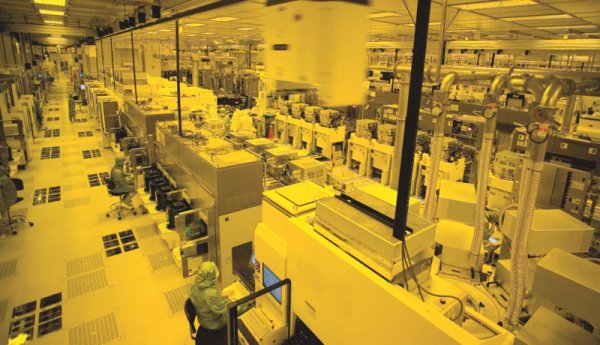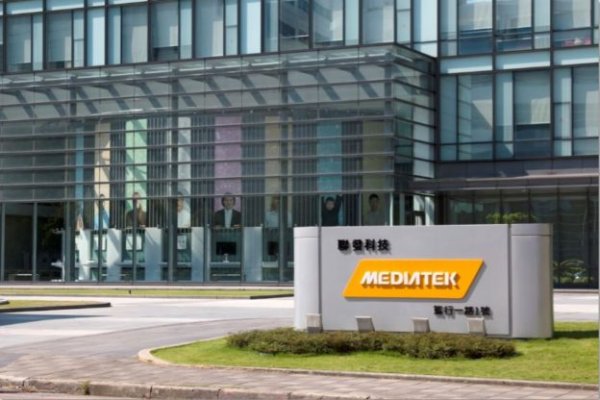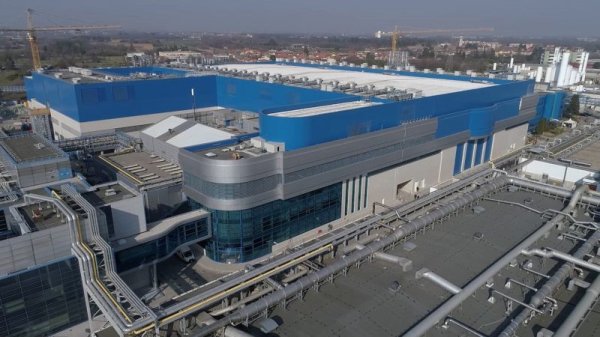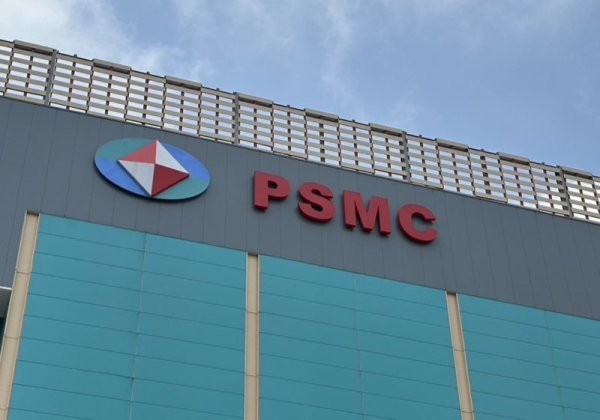Japanese material manufacturers accelerate production expansion and target 2nm and photoresist markets

According to Nikkei reports, Japanese semiconductor materials factory Tokyo Ohka Kogyo announced that it will invest 20 billion yen (approximately US$130 million) to build a photoresist factory in Pyeongtaek, South Korea, which is expected to be completed and put into production in 2030. This new investment will increase the company's production capacity in South Korea by three to four times, locking in customers such as Samsung and SK Hynix to supply high-end memory and packaging materials.
Tokyo Onka President Junaki Taneichi pointed out that the company is strengthening its overseas production capacity allocation, hoping to be closer to customer factories and provide immediate and stable material support. Photoresist is a key material that determines the line width and resolution of wafers. Japanese manufacturers have been leading the world for many years, with a market share of 91%. Manufacturers including JSR have major technical advantages.
In addition to photoresist expansion, Tokyo Onka also plans to invest 12 billion yen in South Korea to establish a high-purity chemical factory for key links in the semiconductor manufacturing process. The industry generally interprets that this wave of layout reflects that Japanese material manufacturers are actively expanding to deploy 2nm and more advanced process needs in advance.
At the same time, Adeka also announced that it will invest 3.2 billion yen to expand a new production line in Ibaraki Prefecture, which is scheduled to be activated after April 2028. It will mass-produce metal oxide resist (Metal Oxide Resist, MOR) for the EUV process. This new type of photoresist contains metal components, allowing for higher resolution and more precise line width control. Another Japanese company, JSR, is also building a MOR production line in South Korea and is expected to put it into production by the end of next year.
According to PwC statistics, the global semiconductor materials market will grow from US$72 billion in 2024 to US$97 billion in 2030, an increase of approximately 35%. As the demand for AI chips drives up process shrinkage and stacking density, the materials required for single chip packaging are rising simultaneously.
Japan materials suppliers gear up to tap demand for 2-nm chips












